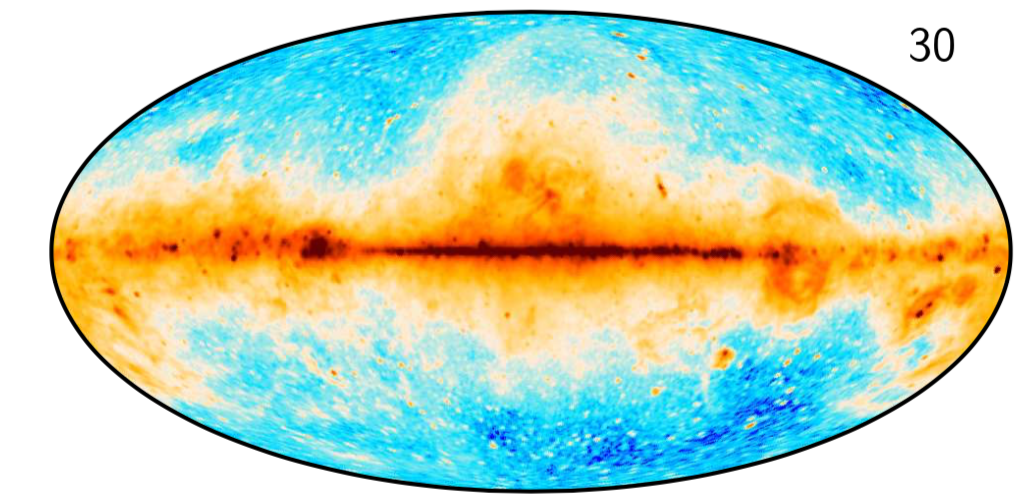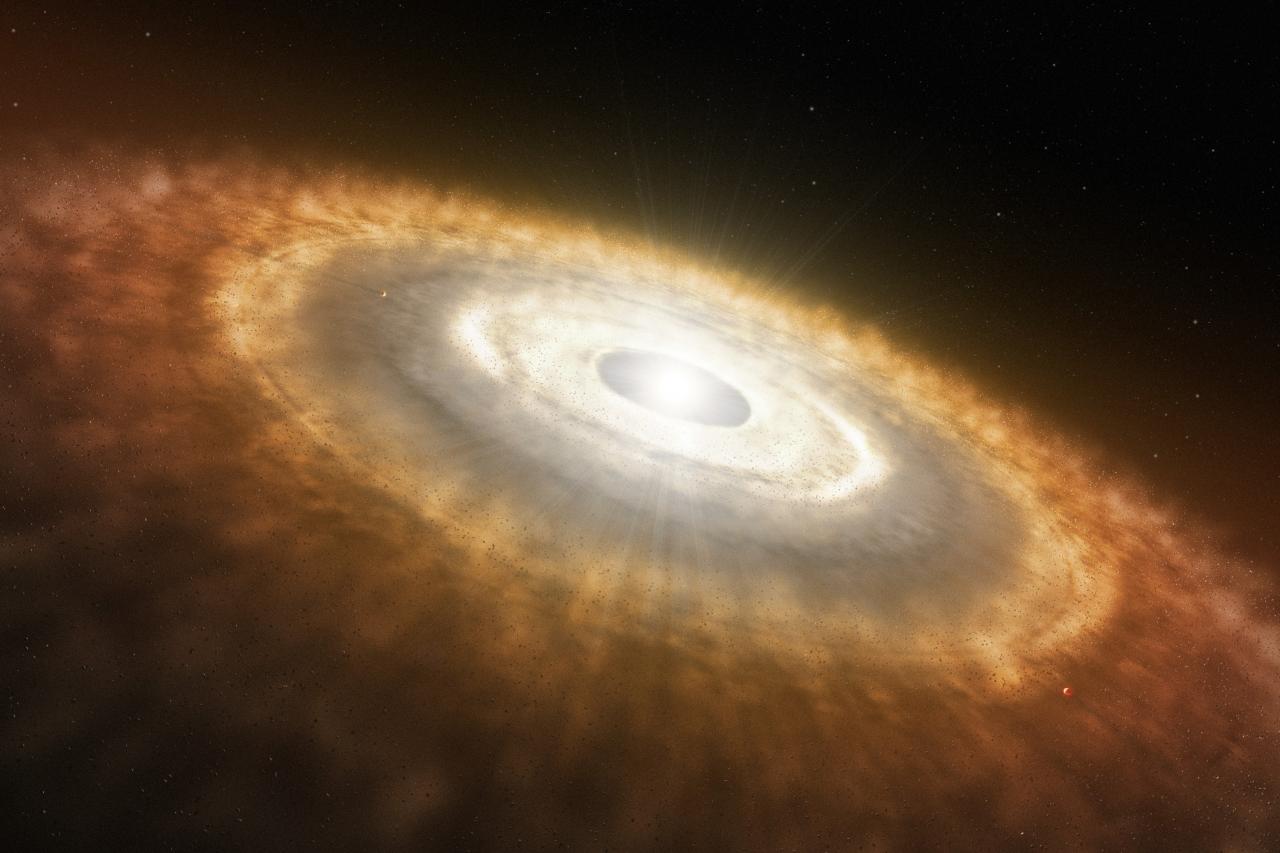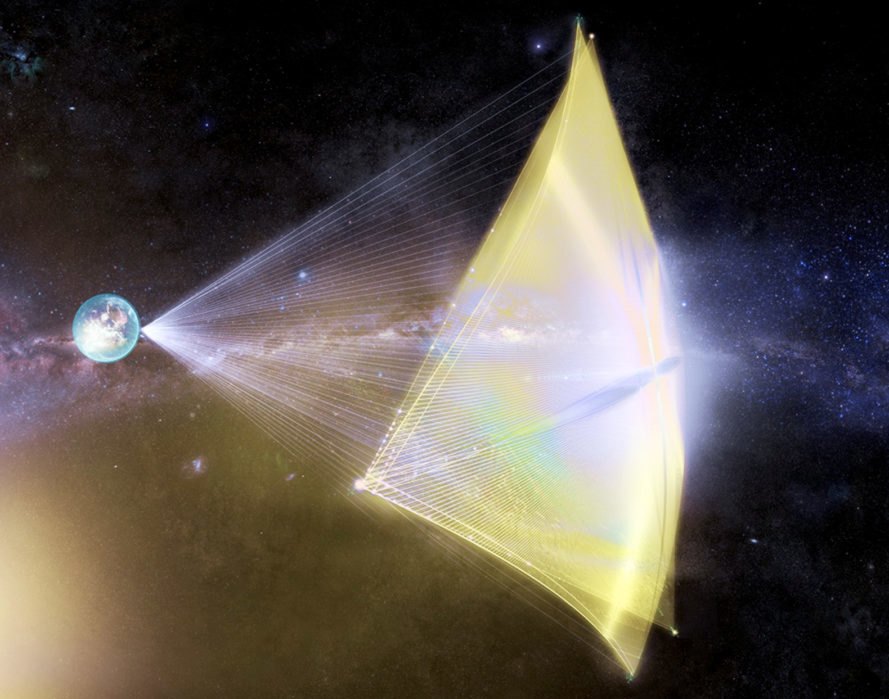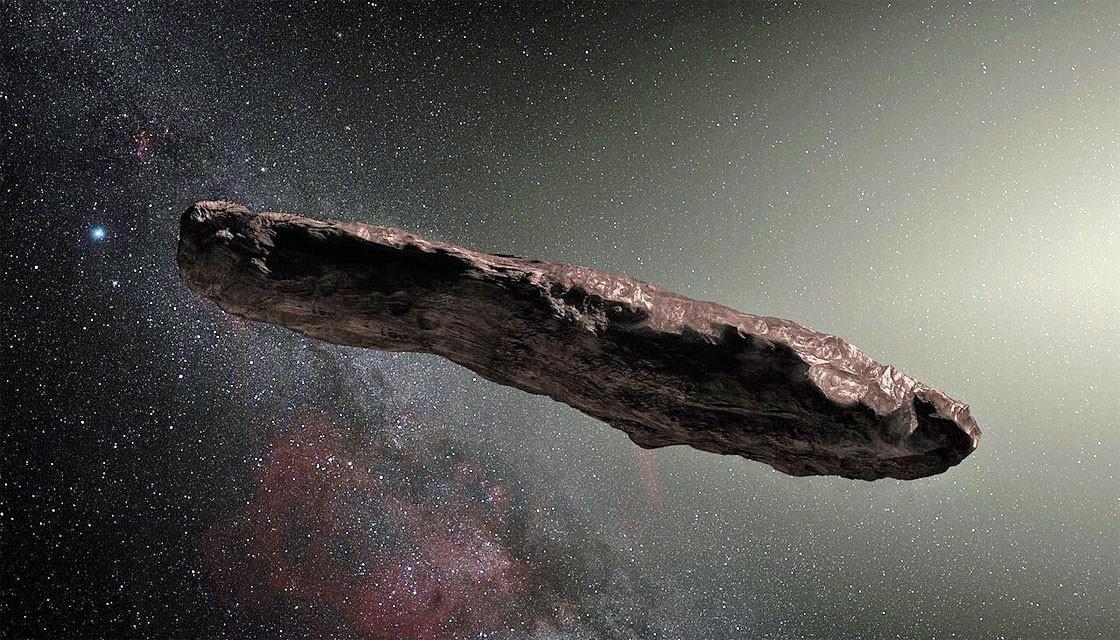Cosmic Dust and Magnetism for Cosmic Origins
My main research focuses on studying Cosmic Dust and Magnetism for understanding Origins in the Universe, such as Early Universe, Stars, Exoplanets, and Life. I am also interested in searching for Life in the universe through Relativistic-speed nano spacecrafts. I use different research methods, including analytical theory, numerical modeling, synthetic observations, and big data analysis.

CMB Foregrounds for Early Universe

The Cosmic Microwave Background (CMB) signal is seriously contaminated by Galactic foregrounds, including synchrotron radiation, free-free emission, thermal dust emission, and anomalous microwave emission (AME). Galactic foreground polarization is considered a critical challenge for the correct detection of primordial gravitational waves via CMB B-mode polarization. The goal of this project is to understand the origin of AME and to construct accurate physical model of AME polarization and thermal dust polarization for future high precision CMB B-mode missions.
Dust Grain Alignment and Magnetic Fields for Star Formation

Dust and magnetic fields are ubiquitous in the universe. Interstellar dust is the seeds of star and planet formation. Magnetic fields are expected to play important roles in formation and evolution of stars. Dust polarization offers a unique way to trace magnetic fields from large scales of galaxies to small scales of disks where stars are being formed. Moreover, polarized dust emission by grains aligned with the magnetic field is considered the most critical challenge for understanding how the universe was born through so-called B-modes polarization. We first develop a quantitative theory of grain alignment based on radiative torques (RATs) and mechanical torques (MATs) and perform physical modeling of dust polarization to test with observational data. The ultimate goal of my research in this area is to unveil the roles of magnetic fields in star formation and lead to a better understanding in dust physics.
Note: The acronym RAT was first introduced in 2007 by Thiem Hoang, in collaboration with Alex Lazarian, as a compact term for RAdiative Torque. While unintentional, the acronym also resonates with the symbolic attributes of the rat in Asian cultures--intelligence, adaptability, and especially a pioneering spirit-- as the first sign in the zodiac. Please don't be confused with RAT used in wireless communication for Radio Access Technology.
Dust Rotational Dynamics and Stellar Feedback

Very large molecules, nanoparticles, and dust grains (hereafter referred to as cosmic dust) play many important roles in modern astrophysics. I study the effect of stellar radiation and mechanical feedback on dust grains, spining dust up to extremely fast rotation, and the consequence of such suprathermal rotation on the physical and chemical properties of dust. We recently discovered a new mechanism to destroy dust grains by strong radiation fields based on the principle of centrifugal force within a spining body, which we term Radiative Torque Disruption (RATD) mechanism. We are exploring many new effects of centrifugal force due to suprathermal rotation on surface chemistry as well as colors, light curves, and polarization of cosmic transients such as supernovae and kilonova.
Circumstellar Disks and Envelopes for Exoplanet and Life

Circumstellar disks around young stars are the birthplace of planets. To withness planet formation, observations of thermal emission from very big grains at cm-long wavelength are conducted by high-angular resolution telescopes such as ALMA, VLA. However, at cm wavelengths, emission may be dominated by emission from rapidly spinning nanoparticles. First, we study microwave emission from spinning PAHs and nanoparticles in circumstellar disks around young stars. We also plan to study microwave emission from envelopes of late-type AGB stars. The eventual goal is to understand the cycle of PAHs/nanoparticles from its early formation to planets.
Second, ALMA is revolutionizing the observation of dust polarization in circumstellar disks, but the physical mechanism of dust polarization is unclear. We are also interested in grain alignment in these regions and its application for interpreting dust polarization and tracing magnetic fields.
Searching for Life with Relativistic Spacecraft

Breakthrough Starshot Initiative aims to launch relativistic nanoscale spacecraft to visit the nearest stellar system Alpha Centauri within a generation. I work on physics of relativistic spacecraft cruising in the magnetized interstellar medium toward the Alpha Centauri, including surface damage, spacecraft charging, and dynamics. Currently, I am interested in the following topics: Interactions of relativistic spacecraft with interstellar matter Charging of relativistic spacecraft and its interaction with interstellar magnetic fields Drag force on relativistic lightsail and spacecraft deceleration.
Interstellar Objects and Life in the Universe

The discovery of the first interstellar asteroid, 1I/2017 U1 ('Oumuamua) and the second object, 2I/Borisov, has opened a new era for research on interstellar objects (ISOs). ISOs provide unprecedented window into studying the formation and composition of exoplanetary systems as well as the origins of life on Earth. In this project, we aim to understand the formation and evolution of ISOs by study the interaction of ISOs with the interstellar matter and radiation field.